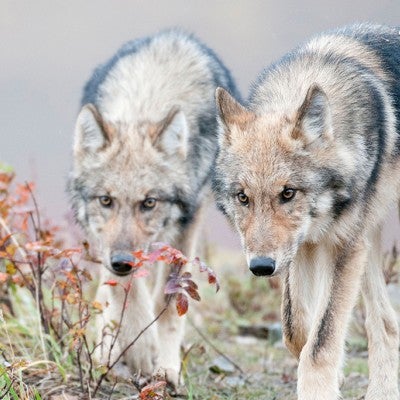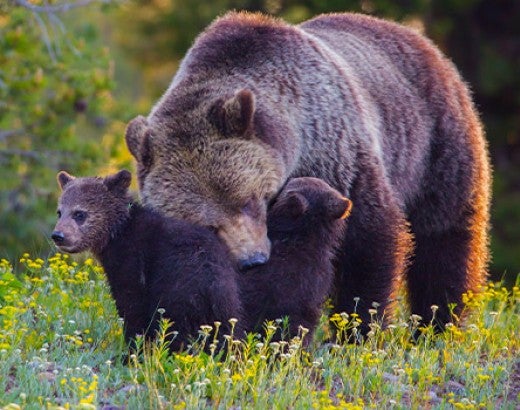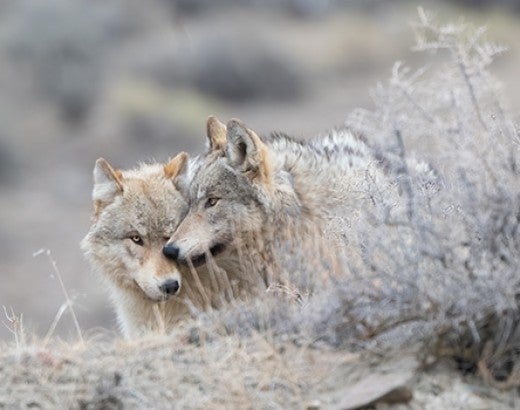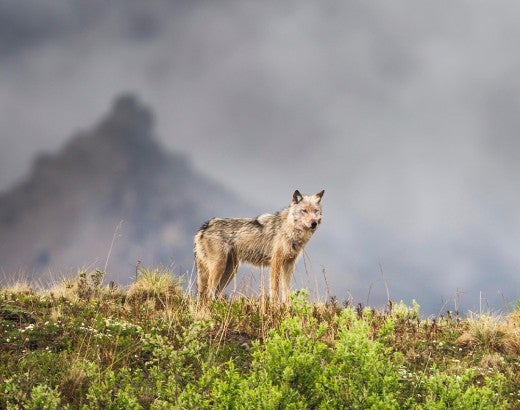And while it is extremely rare for a healthy, unhabituated wild wolf to attack humans, old myths and fears (plus competition for land and prey) threaten the survival of this wild canine. Gray wolves, who were protected under the Endangered Species Act for almost 50 years after they were hunted to the brink of extinction, are now being trophy hunted in several states.

Wolves are iconic native carnivores that drive biodiversity and restore balance to the natural environment. Without federal and/or state protections, we may soon see these ecological benefits start to disappear as family wolf packs are ripped apart by trophy hunters and trappers. That’s why we’re fighting to maintain federal protections for gray wolves under the Endangered Species Act as well as working to halt or keep any efforts to persecute them in check.

Wolf howls are like human voices—each is unique, so pack members can tell them apart. The animals howl to introduce themselves, announce their territory, communicate with their group and express emotions that range from joy to grief. The calls also serve as an alarm clock, with alphas first using the sound to rouse fellow wolves from sleep and then continuing it to energize them for the day ahead.

Urge the U.S. Department of the Interior to protect wolves in the Northern Rocky Mountains under the Endangered Species Act.



